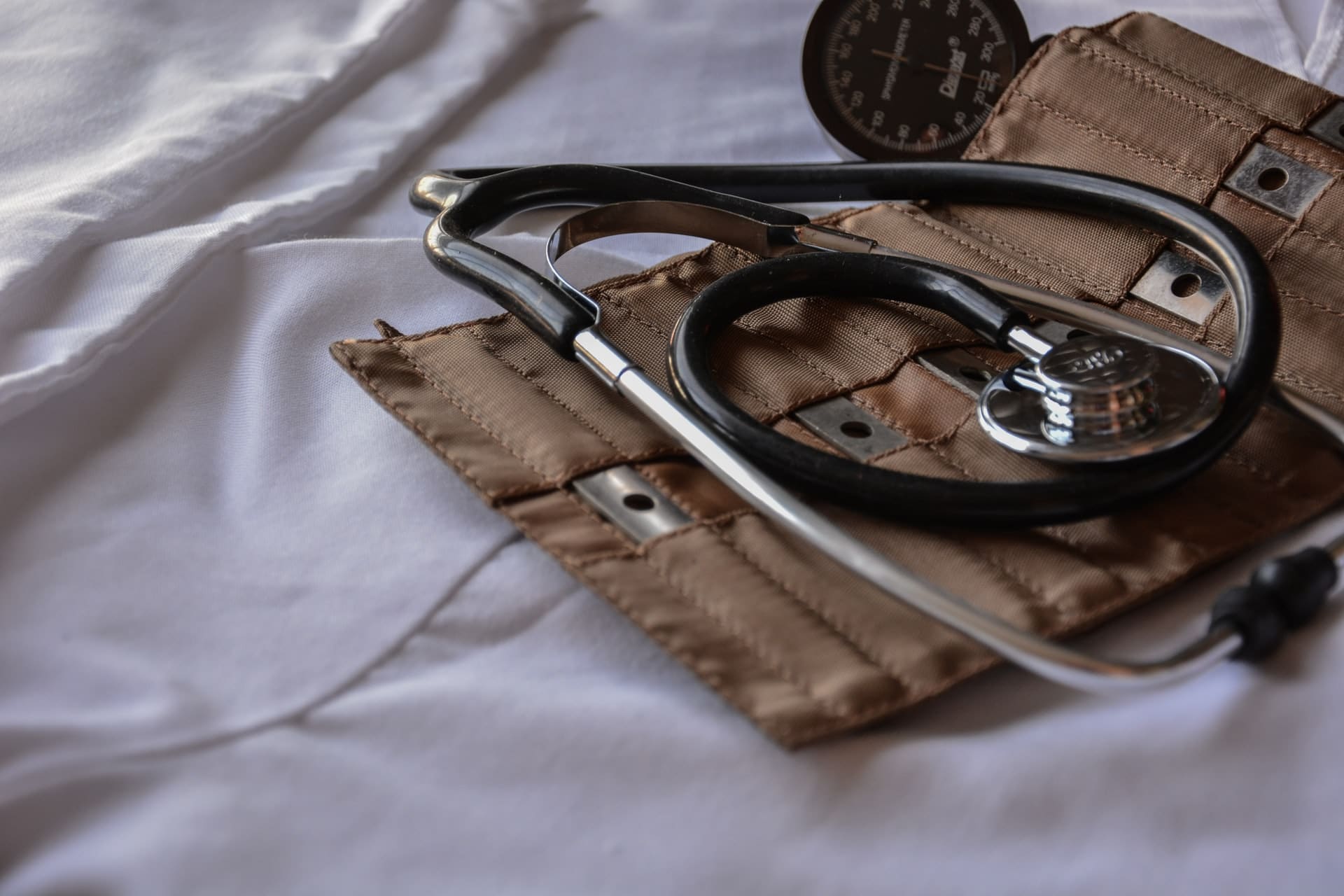Unfortunately, medical malpractice can result in devastating outcomes for individuals and their loved ones. Negligence could result in pain and suffering, or even permanent injuries or death. It often has far-reaching implications for the victim and their family.
Medical negligence claims can be very complex. While doctors, dentists, nurses and hospital staff each have the responsibility of caring for the health of their patients to the best of their abilities, the first challenge can be figuring out who to sue. Often there are multiple people involved and getting this wrong can cause problems with your claim.
Who is liable for hospital malpractice?
Often in medical malpractice cases, it is obvious that one specific individual has engaged in the relevant conduct. But other times, multiple people might have been involved and it can be hard to trace the conduct to one particular person.
In general, the hospital is vicariously liable for the conduct of its employees, which normally includes nurses and support staff. But this doesn’t necessarily mean that the hospital is responsible for negligence that occurs on its premises. This is because most (but not all) doctors are considered independent contractors. As such, if your injuries were caused by a doctor, the hospital might not be liable for their actions and your claim will need to be brought against the doctor in their personal capacity.
How to figure out who is to blame?
Sometimes, such as when patients are undergoing surgical procedures, it can be difficult to determine who engaged in the relevant conduct.
As Justice MacLeod said in Loy-English v The Ottawa Hospital:
This problem is particularly acute in medical malpractice cases because there are a myriad of doctors, nurses and other medical staff involved in the treatment in question and because the plaintiff may not have access to the information necessary to identify those individuals at the point when the limitation period will presumptively expire… Add to this the complexity of medical staffing which involves combinations of employees, independent physicians, residents, students and different types of supervision and responsibility and the dilemma is apparent.
The first thing you should do is obtain a copy of the medical records. These might allow you to discern the identity of the attending physicians, as well as to obtain important information about the events that occurred.
What can happen when you don’t know who to sue?
The recent case of Kifle v Penava shows what can happen when you bring a claim without knowing the identity of the doctor.
In 2014, the plaintiff underwent a scheduled gynecological procedure at the London Health Sciences Centre. She was discharged that day but later returned due to excessive bleeding and pain. Two days later, she had to return to the emergency room again due to severe abdominal pain, nausea, vomiting and constipation. Following an enema, she developed sepsis and had to have emergency surgery, during which it was discovered that her rectum had been perforated.
The plaintiff commenced an action two years later in 2016, in respect of the medical treatment she received over the course of those days. She named several of the doctors involved in her treatment but also included “Dr. John/Jane Doe Gynecological Attending” as one of the defendants.
A practice has emerged of using pseudonyms for unidentified defendants
A common practice has emerged of using a pseudonym for an unidentified defendant and then later seeking to replace it with the defendant’s actual name. This can allow the plaintiff to meet the limitation period for bringing the claim, and then uncover the doctor’s identity and seek the change.
In this case, the plaintiff applied to the court to substitute a named doctor for the pseudonym. Under rule 5.04(2) of the Rules of Civil Procedure, at any stage of a proceeding, the court may add, delete or substitute a party or correct the name of a party incorrectly named, on such terms as are just, unless prejudice would result that could not be compensated for by costs or an adjournment.
Courts can correct the name of a party
Justice Nicholson of the Superior Court of Justice of Ontario explained that previous cases had established the principle that, in order for a substitution to be permitted, the “litigating finger” must be pointed at the proposed defendant in the claim. By this, his Honour means that the plaintiff must have intended to sue the unidentified physician and the basis of the claim must be apparent from the plaintiff’s initial claim. In other words, the pseudonym cannot be a mere placeholder in case a cause of action is later discovered against someone else.
His Honour found that this test was satisfied because the named doctor was the attending obstetrician-gynecologist during the shift in question and the plaintiff’s claim referred to the attending gynecological physician.
Justice Nicholson also held that the court has the discretion to permit or refuse the correction, based on an analysis of prejudice to the misnamed defendant and other factors, such as whether there had been a significant unexplained delay in seeking the amendment as well as public policy reasons supporting adherence to established limitation periods.
His Honour, despite being concerned about the passage of time and the fact that the named doctor would no longer be able to recall an alleged conversation with the resident doctor about the plaintiff’s treatment, allowed the application to substitute the name. Given the number of times, the doctor was on call, Justice Nicholson was satisfied that he wouldn’t have been able to remember the conversation even if he had been named earlier.
Contact Tierney Stauffer LLP for Advice on Medical Malpractice Claims
At Tierney Stauffer LLP, we know how overwhelmed you may feel about the prospect of launching a hospital malpractice lawsuit. If you have a valid claim against a hospital, you need a strong advocate by your side to fight the hospital’s insurers and lawyers. It is important that you seek prompt advice from our personal injury lawyers, who have a great deal of experience working with clients on medical malpractice claims throughout Ontario. Call us at 1-888-799-8057 or reach out online to set up a consultation today.


